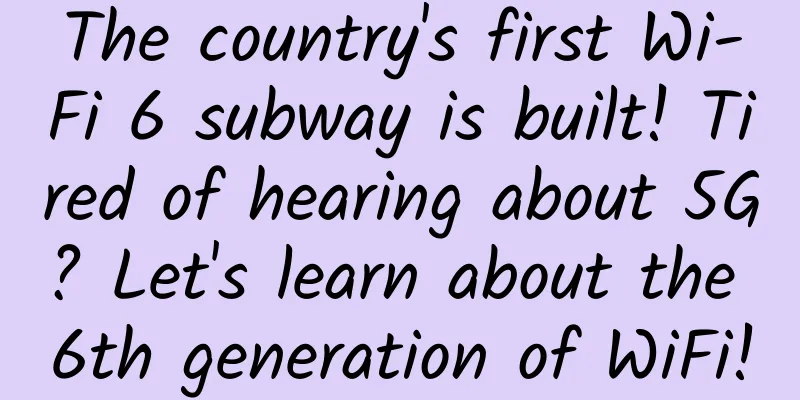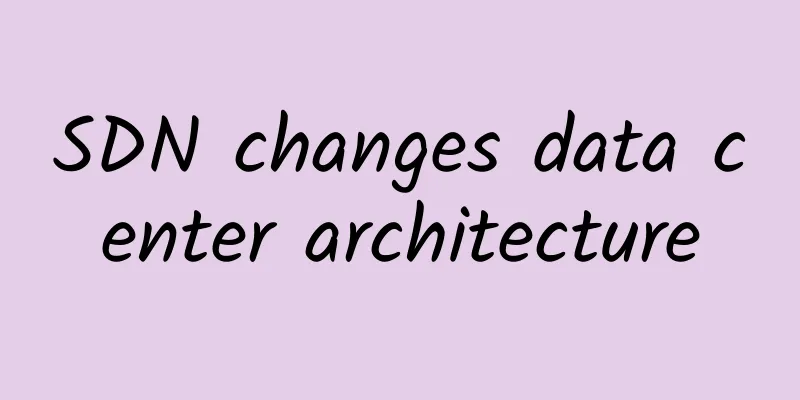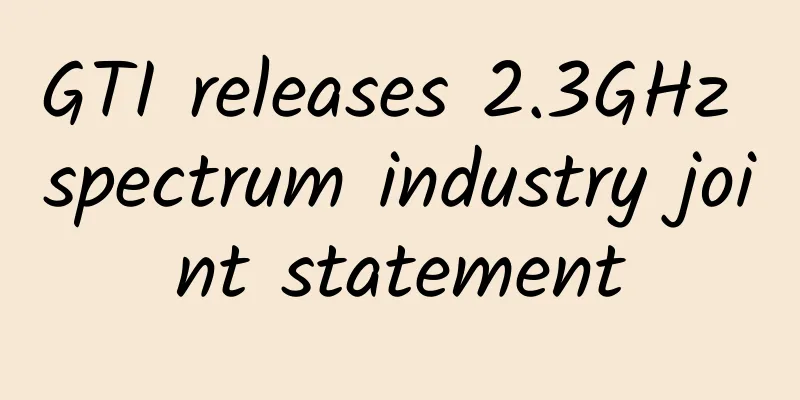The country's first Wi-Fi 6 subway is built! Tired of hearing about 5G? Let's learn about the 6th generation of WiFi!

|
Recently, Shenzhen Metro Futian Hub became the first subway station to apply Wi-Fi 6 technology. This time, Shenzhen Metro has joined hands with Huawei, China Unicom and other partners to adopt Unicom's 5G network access and expand the network through Wi-Fi 6 technology to achieve the integration of 5G and Wi-Fi 6 technologies. It is worth mentioning here that Wi-Fi 6 can provide four times the bandwidth of traditional Wi-Fi, a single AP supports four times more users, the average latency is reduced by 50%, and the coverage is increased by 20%. At the same time, the Wi-Fi 6 standard optimizes device power consumption and coverage capabilities, and is fully applicable to support scenarios such as smart homes, wireless high-density access, VR interaction, and fully connected offices. The fastest downlink speed of Wi-Fi 6 is 9.6Gb/s, and it has better capabilities to serve multiple devices simultaneously. Wireless devices themselves also tend to drain more slowly when connected to Wi-Fi 6. Again, the amount of power required to connect and send and receive data will vary greatly depending on a number of factors. Wi-Fi 6 is particularly battery efficient due to a feature within Wi-Fi 6 called Target Wake Time (TWT). What should I do if I still don’t understand what I am doing after seeing this? It’s okay, let me tell you in detail. In the wireless world, there are two masters fighting each other, one is the cellular network, and the other is Wi-Fi. One moves from outdoors to indoors, and the other moves from indoors to outdoors. For many years, Wi-Fi has been a supplement to the indoor coverage of cellular networks, and it also bears a large amount of data traffic offloading. The two are both loved and hated, but at the same time, they cannot do without each other. At the same time, in the 5G era, the demand for WiFi is different. 5G high-frequency band signals are difficult to cover indoors. At the same time, operators' traditional indoor distribution systems will face large-scale upgrades or replacements in the 5G era. So WiFi 6 came into being. Thanks to the introduction of uplink MU-MIMO, 1024QAM modulation, 160MHz channel bandwidth, 8*8MIMO and other technologies, the maximum rate of WiFi 6 can reach 9.7 Gbps. However, the point worth paying attention to about WiFi 6 is not the peak rate of a single device.
Comparing WiFi 5 and WiFi 6, the main new technologies introduced are as follows: OFDMA Unlike WiFi 5 which uses OFDM technology, WiFi 6 borrows the OFDMA technology used in cellular networks, allowing multiple terminals to transmit in parallel at the same time, thereby reducing latency and improving efficiency. What is the difference between OFDM and OFDMA? One picture explains it clearly. As shown above: Compared with OFDM, OFDMA improves the average rate of each terminal and reduces latency. It is not only aimed at applications such as high-definition video, multi-screen, VR/AR, but also at smart home scenarios. It is estimated that by 2020, an average household will have 50 wirelessly connected devices. Wi-Fi 6 introduces flexible OFDMA technology to support wireless access to a variety of devices in the home, such as doorbells, refrigerators, light bulbs, etc. TWT optimizes device power consumption Wi-Fi 6 uses a feature called TWT (Target Wake Time), which allows terminal devices to enter a sleep state when not transmitting data, thereby saving up to 7 times of battery power. In addition, TWT can cooperate with OFDMA technology to wake up multiple devices at the same time to start parallel connections, and adjust the traffic ratio and priority according to actual conditions, thereby improving user experience. Improve coverage As with cellular networks, the bottleneck of wireless coverage is the uplink. To this end, WiFi 6 optimizes the uplink signal coverage. The terminal concentrates its energy in a narrower 2MHz channel and improves the uplink coverage by increasing the uplink power spectrum density. WiFi 6 expands its coverage, which facilitates its move from indoors to outdoors, which is in preparation for the deployment of campus IoT, smart cities and other directions in the future. BSS Coloring Wi-Fi has always used the CSMA/CA mechanism, which means that before transmitting data, it monitors whether other APs are also transmitting data on the wireless channel. If so, it will avoid it and wait until the next time period to transmit. This means that when multiple APs work on the same channel, the network capacity will be greatly reduced because they take turns to communicate individually. WiFi has proven its worth in the past. According to statistics, WiFi carries 65% to 90% of smartphone traffic. 5G technology and Wi-Fi 6 will complement each other. 5G networks can be more widely used in open, dense device access through the advantages of cellular networks, but Wi-Fi 6 is needed to provide effective support for home network environments and highly private industrial application scenarios. There is no doubt that in today's 5G era, the demand for wireless is here. |
<<: Getting to the bottom of HTTP and WebSocket protocols
Recommend
RackNerd cheap VPS summary starts from $9.89/year, self-service IP change, multiple data centers in Los Angeles/San Jose/Seattle/New York, etc.
Two months ago, I did a summary of RackNerd's...
How did Huawei Cloud become a public cloud leader after just over a year in the market?
[51CTO.com original article] Huawei Cloud has amb...
Five-minute technical talk | AI technology and the governance of "cyber violence"
Part 01 What is “cyberbullying”? "Cyber vi...
SRv6—A killer for 5G technology implementation
The development of 5G services has put forward hi...
Huawei Enjoy 10S review: good-looking, powerful camera, long battery life, a good deal for a thousand-yuan phone
This afternoon, Huawei held a new product launch ...
10 Ways to Improve Your Home WiFi
Guo Shenghua, the godfather of Chinese hackers an...
Enterprise network cabling will be affected by five major technology trends
It is estimated that by 2022, the number of fixed...
Boomer.host: $4.95/year-512MB/5GB/500GB/Texas (Houston)
The tribe once shared information about Boomer.ho...
Aruba changes the rules of the game to drive three major changes in network management
When the first iPhone was released in 2007, Steve...
5G technology can now read human emotions in public areas
[[403225]] The birth of a new and influential 5G ...
The computing power network has its own calculations
In recent years, the wave of digitalization has c...
Megalayer: Philippines/US/Singapore/Hong Kong VPS hosting, starting at 199 yuan per year
Megalayer is restocking VPS with special annual p...
Fearing that 5G deployment will affect aviation safety! US aviation agencies and telecommunications agencies are in dispute
Although 5G (fifth-generation mobile communicatio...
Electronic Port "shines the border" - see the operation and maintenance of the Urumqi branch of China Electronic Port Data Center "New Silk Road"
【51CTO.com article】 As the infrastructure of elec...
Huawei Intelligent Computing releases FusionServer Pro intelligent server to help data centers evolve towards intelligence
[51CTO.com original article] Recently, Huawei'...









